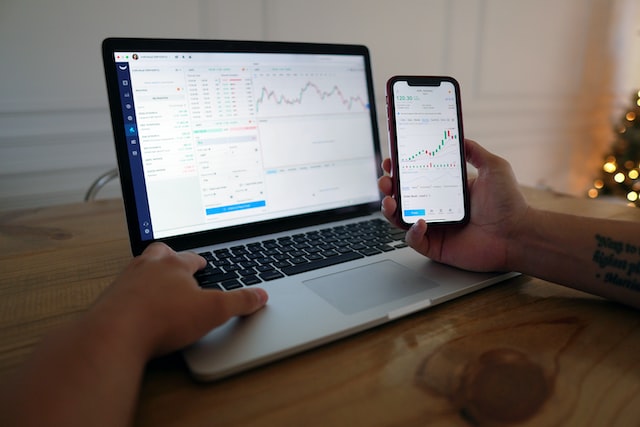Investing can be a challenging exercise, although the principle behind it is deceptively simple: buy when prices are low. However, this is easier said than done. Even seasoned investors who attempt to time the market to buy at the most advantageous periods don’t expect to succeed every single time.
Good thing there’s a proven investment strategy you can adopt that can make it simpler to manage your investments in a volatile market. It’s a method that allows you to purchase more when prices are lower and buy less when costs are higher. This investment approach is called dollar cost averaging.
Dollar cost averaging – the basics
Dollar cost averaging involves investing the same amount of money in a target security (e.g., stocks, exchange-traded funds (ETFs), mutual funds, etc.) at regular intervals within a set timeframe. This means you’ll be purchasing shares regardless of price using the same sum of money.
Let’s say, for example, you’re thinking of investing $1,000 in stocks within the first five months of the year.
With dollar cost averaging, you’ll be investing $200 every month until you reach the fifth month.
| Schedule | Amount | Share Price | Shares Purchased |
| Month 1 | $200 | $10 | 20 |
| Month 2 | $200 | $10 | 20 |
| Month 3 | $200 | $8 | 25 |
| Month 4 | $200 | $7 | 28.5 |
| Month 5 | $200 | $9 | 22.2 |
| TOTAL | $1000 | AVE. PRICE/SHARE: $8.64 | TOTAL SHARES: 115.7 |
Else, you could invest the entire $1,000 at any time within your target timeframe.
However, for investors who want to make investing a habit and are aiming to lower their average cost per share, dollar cost averaging makes total sense.
Going back to the example, dollar cost averaging lets you take advantage of the lower share prices in Months 3, 4, and 5, thereby reducing the average cost per share. Although the price per share is $10 in the first two months, the average cost per share turns out to be $8.64, thanks to your investments in the last three months. You also get to accumulate a total of 115.7 shares.
Conversely, should you decide to invest the entire $1,000 in Month 1, you’ll be paying $10 per share and be able to purchase 100 shares – which is 15 shares less compared to when you apply dollar cost averaging.
You may think you can always invest the entire sum in Month 3 or 4 to get the best results.
However, as pointed out at the beginning of this post, timing the market is a risky exercise. You can never really tell with absolute certainty when prices are going up or down. You need to make very calculated risks for this strategy to work for you.
With dollar cost averaging, you can lessen the effect of volatility on your portfolio.
Give dollar cost averaging a try
If you’re new to investing, dollar cost averaging is a prudent investment strategy worth considering.
Not only does it encourage you to make regular investments, but it can also cushion your investment from the highs and lows the market goes through.
If this article has inspired you to think about your own unique situation and, more importantly, what you and your family are going through right now, please contact your advice professional.
(Feedsy Exclusive)





